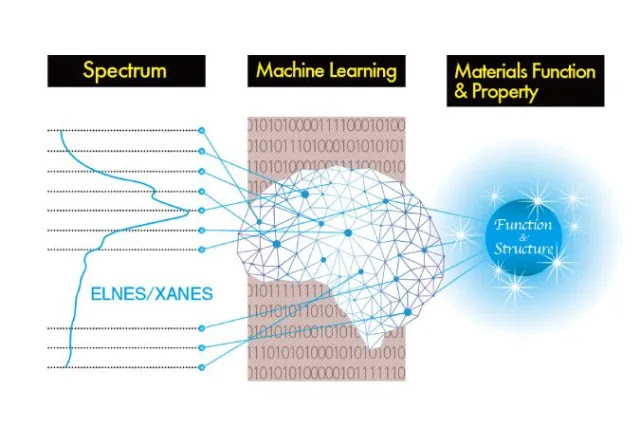Mimicking neural networks refers to the process of emulating or reproducing the behavior of a neural network using a different approach or model. This can be done for various reasons, such as understanding the underlying principles of neural networks, improving their efficiency, or adapting them to specific hardware constraints. Here are a few ways in which neural networks can be mimicked:
Mathematical Models:
- Linear Models: Neural networks often consist of layers of linear transformations followed by non-linear activation functions. Linear models, such as linear regression or support vector machines, can mimic the behavior of the linear components in a neural network.
- Polynomial Models: Higher-order polynomial models can capture non-linear relationships present in neural networks, though they may not be as flexible.
Decision Trees:
- Decision trees can be used to mimic certain aspects of neural networks, especially when it comes to capturing non-linear decision boundaries. Ensemble methods like random forests or gradient boosting can improve performance.
k-Nearest Neighbors (k-NN):
- k-NN algorithms can be used to mimic certain aspects of neural networks, especially in cases where local patterns and relationships are important.
Function Approximation:
- Neural networks are often used for function approximation. Other methods, such as Gaussian processes or radial basis function networks, can also be employed for similar purposes.
Neuromorphic Computing:
- This involves designing hardware architectures that mimic the structure and function of the human brain. Neuromorphic chips attempt to replicate the parallel processing and connectivity of neural networks.
Genetic Algorithms:
- Genetic algorithms can be employed to evolve a population of models, gradually improving them over several generations. This process can mimic the training and evolution of neural networks.
Rule-based Systems:
- In some cases, rule-based systems can be used to mimic the decision-making process of neural networks. These rules can be derived from the knowledge gained during the training of the neural network.
It's important to note that while mimicking neural networks with alternative models can be informative and useful, it may not capture all the complexities of deep learning. Neural networks, especially deep neural networks, are powerful tools for learning complex patterns in data, and their success is often attributed to their ability to automatically learn hierarchical representations. Depending on the specific goals and constraints, mimicking neural networks may or may not be the most suitable approach.
